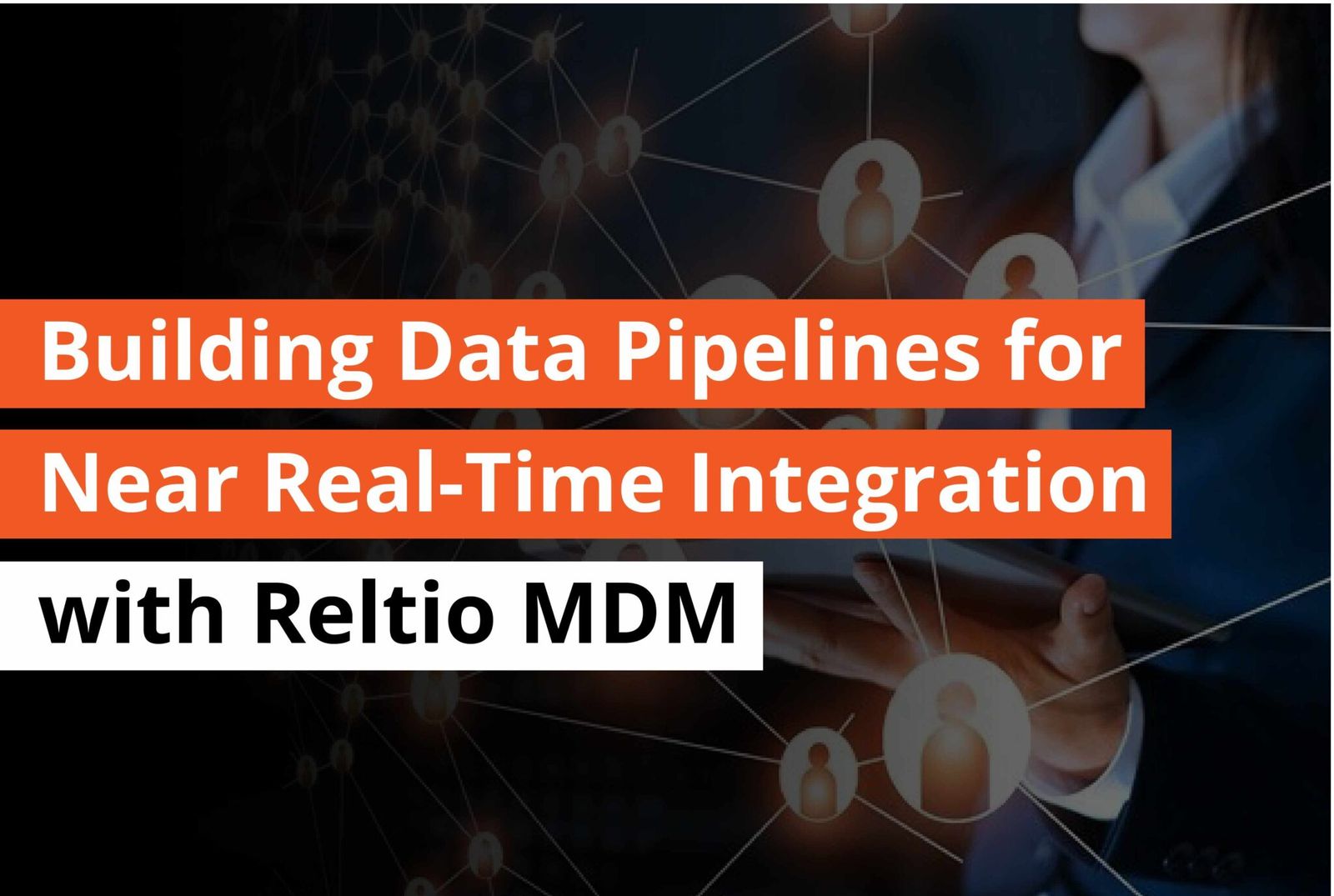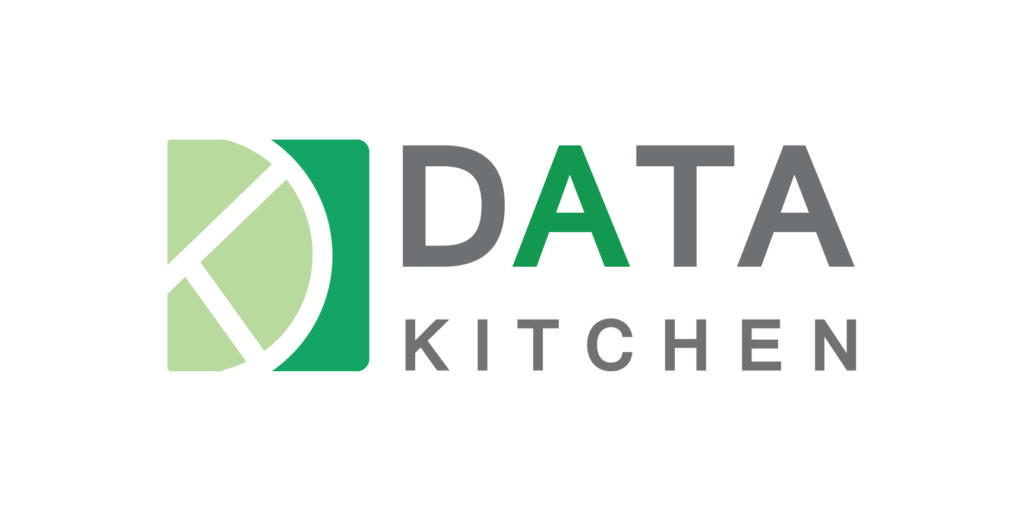Introduction
In today’s world of data-based environment, proper management and processing information has become important for businesses. Extract, Transform, and Load processes are some of the necessary aspects in this respect. As data grows, the full ETL processes could become lengthy and resource intensive. This is the situation where ETL incremental techniques can be used, especially in more advanced platforms, for example Databricks. So let us find out the way ETL incremental functions in Databricks and provide a simple explanation of its functions and its benefits.
What Do You Mean by ETL Incremental?
ETL incremental is a method in which only the latest or altered data is extracted, transformed and inserted into the target system. It is done rather than processing the whole array of data each time. This method is extremely efficient, which saves both computational and time. It guarantees that the ETL process is much faster and more efficient. It is found to be the most suitable solution for large-scale datasets.
How ETL Incremental Works in Databricks?
Databricks is a single platform for data analytics that is powered by Apache Spark. It provides a solid environment to perform ETL in-line processes. Let us look at the processes involved in this and the way Databricks makes them easier.

1. Data Extraction
If you are using the incremental ETL process, the focus is on the retrieval of only new or altered records that have been added since the last time they were extracted. This is accomplished using versions, timestamps and changes to the data methods.
A. Utilizing timestamps: Databricks allows you to sort data using Timestamps. It makes sure that you only get information that has been altered or added since the last time you ran.
B. Change Data Capture: Databricks supports CDC which records data and records changes to the database source which makes it easier to detect and only extract the small changes.
2. Data Transformation
After the data extraction, it must be innovated into the schema of the intended target. Databricks has many features that facilitate this process. You can see the examples of such features below:
A. Apache Spark: Databricks is built on Apache Spark. It allows for fast in-memory processing of data. Spark’s impactful capabilities for innovation allow complicated innovations in the shortest time.
B. Delta Lake: Databricks uses Delta Lake to make sure that you have desired data reliability and consistency. Delta Lake provides ACID transactions as well as scalable metadata management and data versions. All these works effectively in incremental ETL.
3. Data Loading
The last step of this process is to load the data that has been innovated into the system of choice. Databricks simplifies this by providing customized data connectors as well as integrations.
A. Optimized Connectors: Databricks has optimized connectors for a variety of information sources as well as destinations assuring speedy data loading.
B. Delta Engine: With Databricks’ Delta Engine, data loading is faster and more reliable due to its engine for execution that is optimized.
Practical Implementation in Databricks
Below is an easy implementation of ETL incrementally in Databricks employing Spark as well as Delta Lake.
1. Set Up Your Databricks Environment:
A. Create a Databricks workspace in the cloud service you use, for example Azure Databricks or AWS Databricks.
B. Create notebooks and clusters.
2. Extract Incremental Data:
A. Python:
from pyspark.sql import SparkSession
from delta.tables import DeltaTable
spark = SparkSession.builder.appName(“ETL Incremental”).getOrCreate()
# Load previous checkpoint data
checkpoint_path = “/path/to/checkpoint”
previous_df = DeltaTable.forPath(spark, checkpoint_path).toDF()
# Extract new data
new_data = spark.read.format(“source_format”).load(“source_path”)
incremental_data = new_data.filter(new_data.timestamp >
previous_df.agg({“timestamp”: “max”}).collect()[0][0])
# Save checkpoint incremental_data.write.format(“delta”).mode(“overwrite”).save(checkpoint_path)
3. Transform the Data: transformed_data = incremental_data.withColumn(“new_column”, some_transformation_function(col(“existing_column”)))
4. Load the Data: target_path = “/path/to/target”
transformed_data.write.format(“delta”).mode(“append”).save(target_path)
Benefits of Using ETL Incremental in Databricks:

- Efficiency: Increasing the efficiency of ETL dramatically reduces the time and energy required to process data.
- Ability to Scale: Databricks’ architecture allows it to manage big amounts of data in a flawless manner.
- Reliability: In the case of Delta Lake, data consistency and reliability are provided.
- Integration: Databricks’ integrations with different data sources and tools allow it to be flexible and adaptable to a variety of data environments.
Best ETL Tools and Software:
While Databricks is an effective tool that can be used to automate ETL processes, there are other ETL tools that can be integrated into it to increase capabilities. The top ETL tools are:

- Talend ETL: Talend ETL is a comprehensive ETL tool that works well with Databricks with strong features for the innovation of data.
- Informatica: It is popular for its impactful management and integration features that complement Databricks for more complicated ETL processes.
- Apache Nifi: This one is a flexible ETL tool which can be used to perform real-time data integration using Databricks.
Databricks is an extremely flexible and effective source to manage the incremental ETL processes. The integration of Databricks to Delta Lake provides data integrity and efficiency which makes it a great choice for businesses that deal with big and complicated datasets. The capability to use Spark to process data in memory adds another level of efficiency. This improved efficiency allows faster data processing and loading.
Conclusion
ETL incremental processes within Databricks provides a fast and scalable solution to manage bigger databases. By focusing on extracting, innovating and loading only newly created or modified data, businesses can cut down on time and energy while ensuring data integrity as well as performance. With its extensive features and integrated systems, Databricks performs the best as an industry leader for the most modern ETL processes.

I am the Founder and Chief Planning Officer of Complere Infosystem, specializing in Data Engineering, Analytics, AI and Cloud Computing. I deliver high-impact technology solutions. As a speaker and author, I actively share my experience with others through speaking events and engagements. Passionate about utilizing technology to solve business challenges, I also enjoy guiding young professionals and exploring the latest tech trends.































